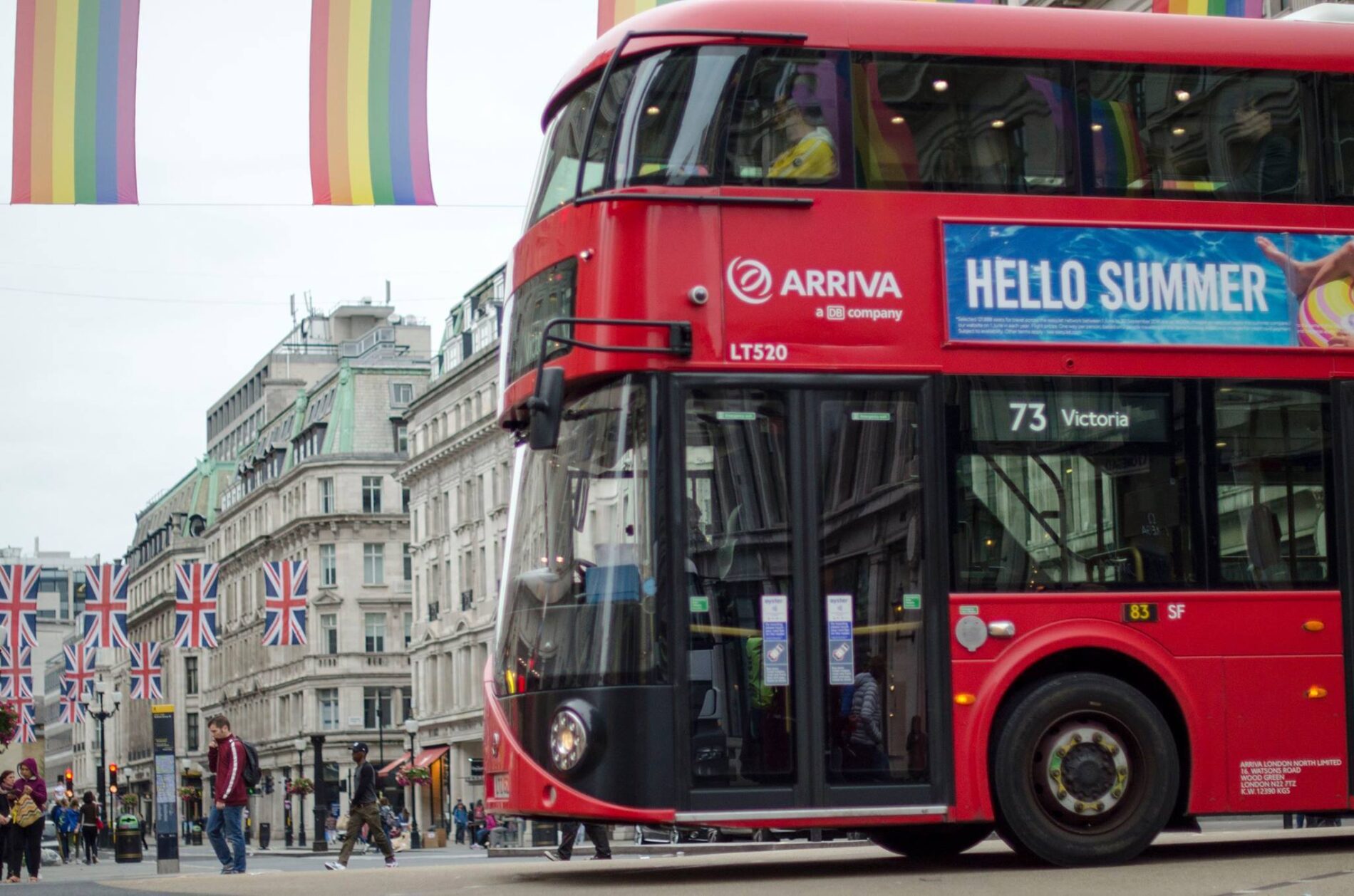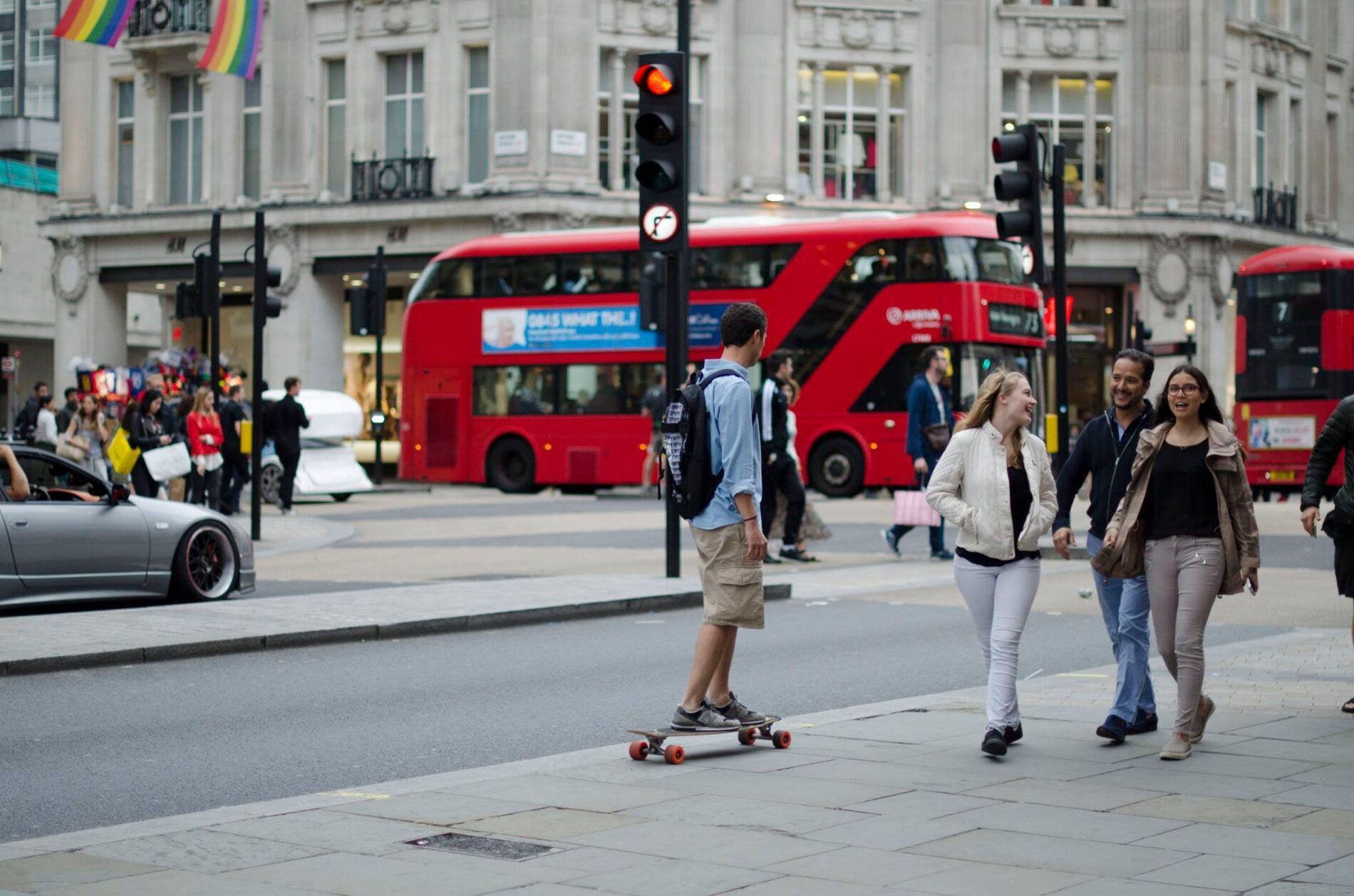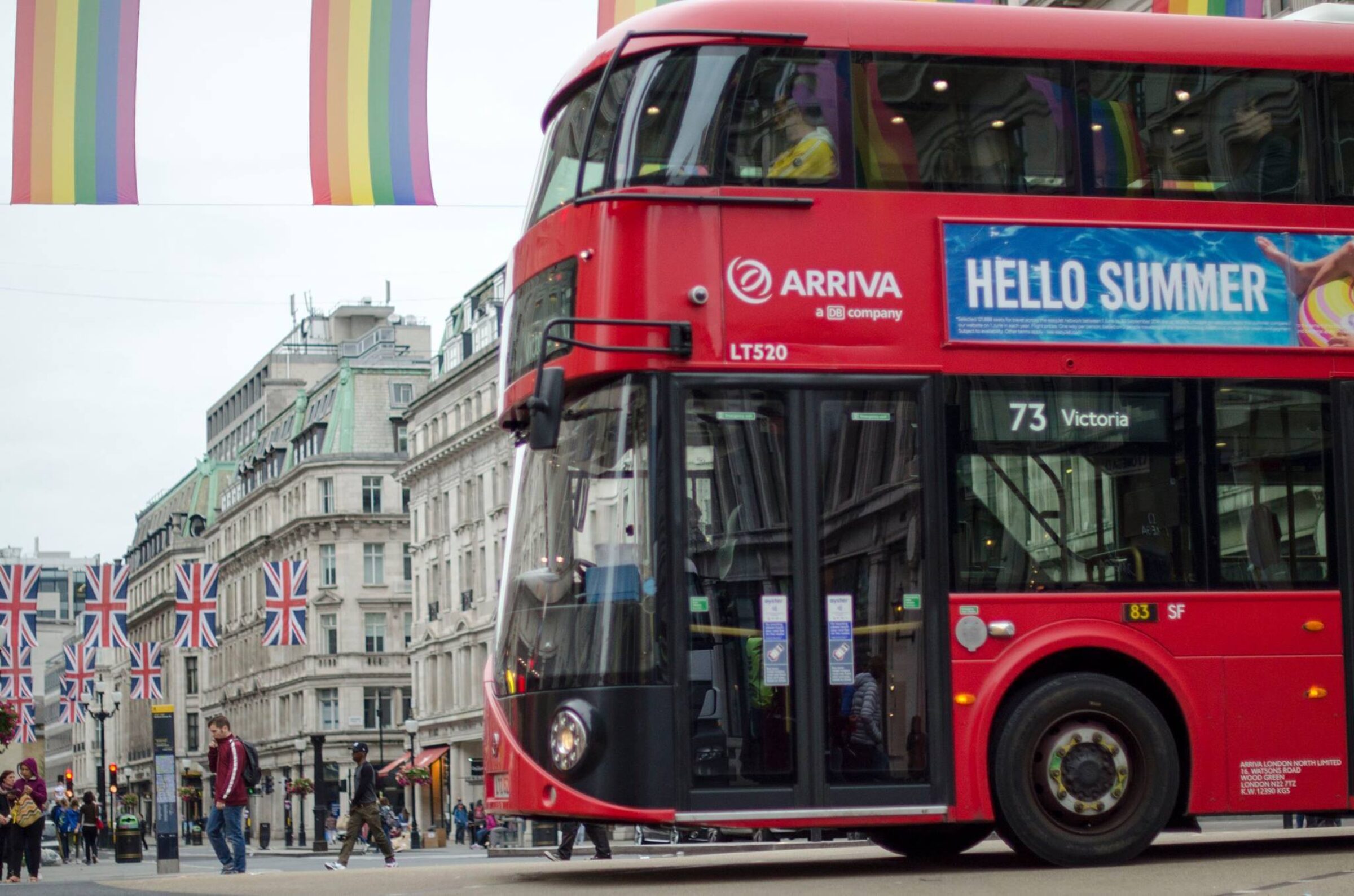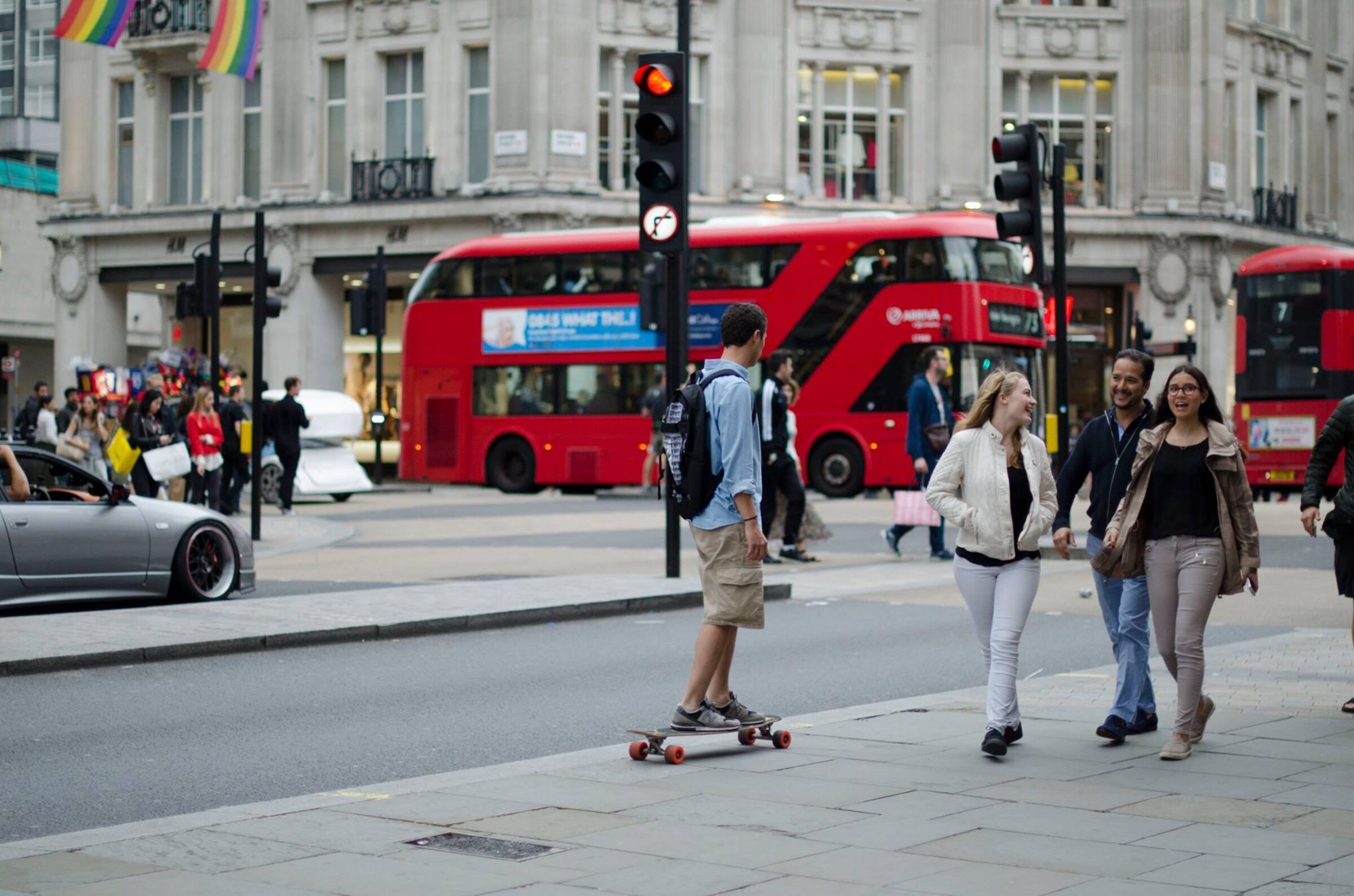Some tips to prepare a successful CV
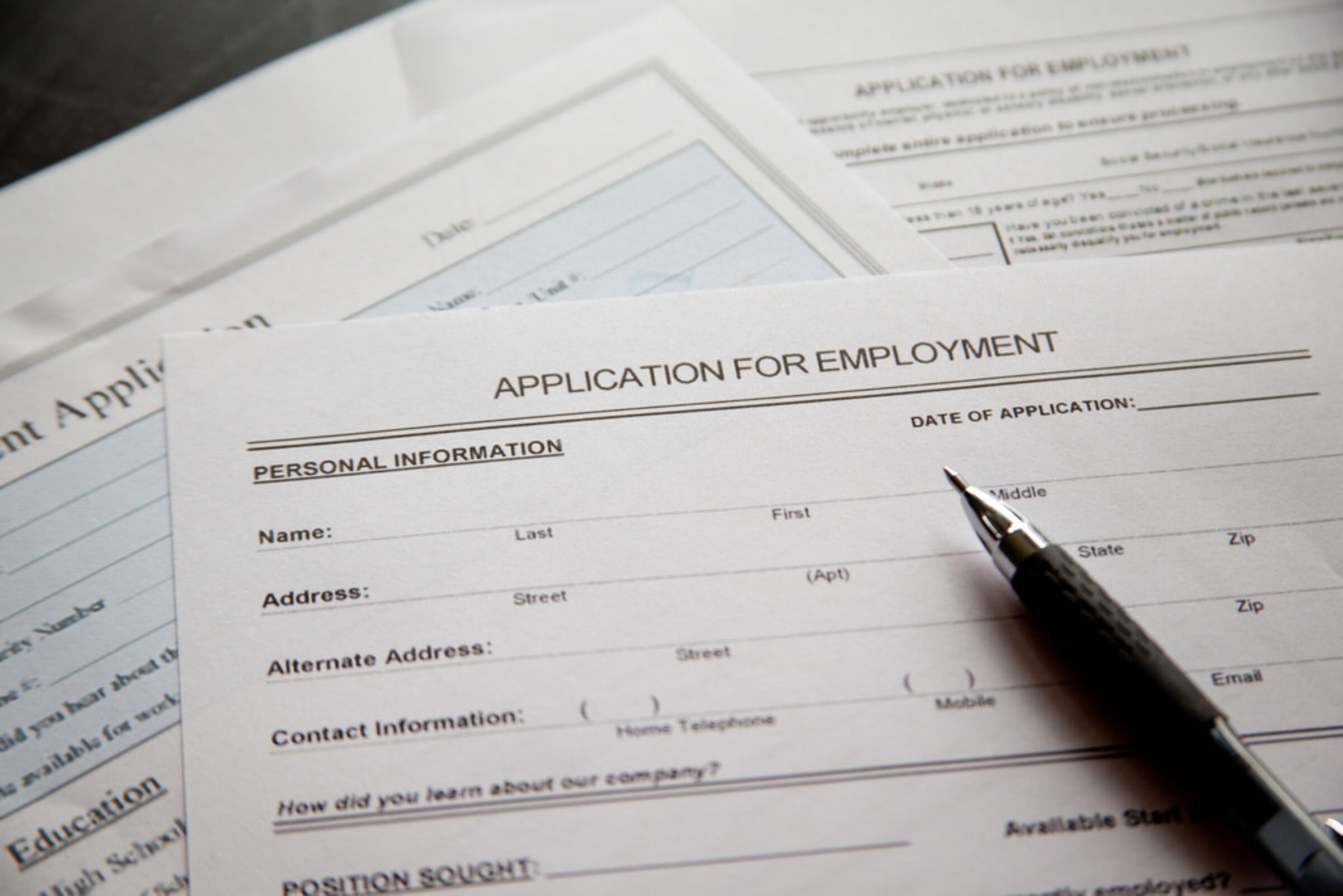
For everyone looking for a job, hitting the “submit” button for an online job application feels like launching a CV into a black hole, never to be seen or heard from again.
Surfing the Internet, you can find many suggestions on how to write the “perfect” CV. Here are some tricks you can consider when you will need to prepare a CV.
 Even if this may seem the wrong move when you’re feeling desperate to find a job: be selective. Focus on whether you have the right skills and training for the jobs you want. If not, find ways to develop them, even through more education or volunteer activities. Work experience should as well reflect the experience you actually have. This section should be listed with the most recent job first. Include your job title, the name of the organisation, duration, and your responsibilities. It can sometimes can be tempting to over-polish a CV and make our work history sound a little better than it is. If you're thinking about stretching the truth about your work experience- don't. Sooner or later the truth will come up. Most employers conduct some researches.
Even if this may seem the wrong move when you’re feeling desperate to find a job: be selective. Focus on whether you have the right skills and training for the jobs you want. If not, find ways to develop them, even through more education or volunteer activities. Work experience should as well reflect the experience you actually have. This section should be listed with the most recent job first. Include your job title, the name of the organisation, duration, and your responsibilities. It can sometimes can be tempting to over-polish a CV and make our work history sound a little better than it is. If you're thinking about stretching the truth about your work experience- don't. Sooner or later the truth will come up. Most employers conduct some researches.
 Many people make the mistake of simply filling their CV with keywords, thinking this will be enough to pass the applicant tracking system (ATS) software used by the majority of large companies to screen applicants. But ATS software has become much more sophisticated over the past few years and applicants need to adapt their applications to that. A well-written narrative would adapt each job description to emphasise the specific experiences, skills, and vocabulary that the employer is looking for.
Many people make the mistake of simply filling their CV with keywords, thinking this will be enough to pass the applicant tracking system (ATS) software used by the majority of large companies to screen applicants. But ATS software has become much more sophisticated over the past few years and applicants need to adapt their applications to that. A well-written narrative would adapt each job description to emphasise the specific experiences, skills, and vocabulary that the employer is looking for.
 Like the “experience” section, your education should be listed in reverse chronological order. Include the name of the institutions and the dates you were there, then the grades you achieved. If you have a lot of qualifications, there’s no need to list them all; just choose the most relevant.
Like the “experience” section, your education should be listed in reverse chronological order. Include the name of the institutions and the dates you were there, then the grades you achieved. If you have a lot of qualifications, there’s no need to list them all; just choose the most relevant.

Work Experience
 Even if this may seem the wrong move when you’re feeling desperate to find a job: be selective. Focus on whether you have the right skills and training for the jobs you want. If not, find ways to develop them, even through more education or volunteer activities. Work experience should as well reflect the experience you actually have. This section should be listed with the most recent job first. Include your job title, the name of the organisation, duration, and your responsibilities. It can sometimes can be tempting to over-polish a CV and make our work history sound a little better than it is. If you're thinking about stretching the truth about your work experience- don't. Sooner or later the truth will come up. Most employers conduct some researches.
Even if this may seem the wrong move when you’re feeling desperate to find a job: be selective. Focus on whether you have the right skills and training for the jobs you want. If not, find ways to develop them, even through more education or volunteer activities. Work experience should as well reflect the experience you actually have. This section should be listed with the most recent job first. Include your job title, the name of the organisation, duration, and your responsibilities. It can sometimes can be tempting to over-polish a CV and make our work history sound a little better than it is. If you're thinking about stretching the truth about your work experience- don't. Sooner or later the truth will come up. Most employers conduct some researches.
Keywords
 Many people make the mistake of simply filling their CV with keywords, thinking this will be enough to pass the applicant tracking system (ATS) software used by the majority of large companies to screen applicants. But ATS software has become much more sophisticated over the past few years and applicants need to adapt their applications to that. A well-written narrative would adapt each job description to emphasise the specific experiences, skills, and vocabulary that the employer is looking for.
Many people make the mistake of simply filling their CV with keywords, thinking this will be enough to pass the applicant tracking system (ATS) software used by the majority of large companies to screen applicants. But ATS software has become much more sophisticated over the past few years and applicants need to adapt their applications to that. A well-written narrative would adapt each job description to emphasise the specific experiences, skills, and vocabulary that the employer is looking for.
Customise it
Not taking the time to customise your CV gives a really bad first impression so research the company before you complete your application. Check to see if the organisation has a company page or a business networking site such as LinkedIn. If it does, look for clues about how to develop your application. But you have to take care of the format as well: avoid fonts such as Comic Sans. Instead, choose something more professional such as Arial. List everything in reverse chronological order so the recruiter sees your most impressive and recent achievements first. Keep it short and easy to read by using clear spacing and bullet points. If you're posting your CV, go with white A4 paper. Only print on one side and don't fold your CV. Look at the format of your CV and ask someone else to take a look. If you're a student or recent graduate then you can get professional CV advice from your university careers.References
If you have experience at a well-known company, take advantage of it. Most companies hire people who have worked for competitors. Your referees should be your previous employers or your educational tutors, but there’s no need to list all their details in this section: you can save space by simply stating “references available upon request”. However, no matter how well you edit your resume or CV, networking is still the number one way to find a new position.Education
 Like the “experience” section, your education should be listed in reverse chronological order. Include the name of the institutions and the dates you were there, then the grades you achieved. If you have a lot of qualifications, there’s no need to list them all; just choose the most relevant.
Like the “experience” section, your education should be listed in reverse chronological order. Include the name of the institutions and the dates you were there, then the grades you achieved. If you have a lot of qualifications, there’s no need to list them all; just choose the most relevant.
Hobbies

You don’t need to state your hobbies and interests on your CV, but they help recruiters to know more about your personality. If you have any interesting hobbies that make you shine, or if your hobbies relate to the industry you’re going into, you can use this section to build a bigger picture of you as a person.



